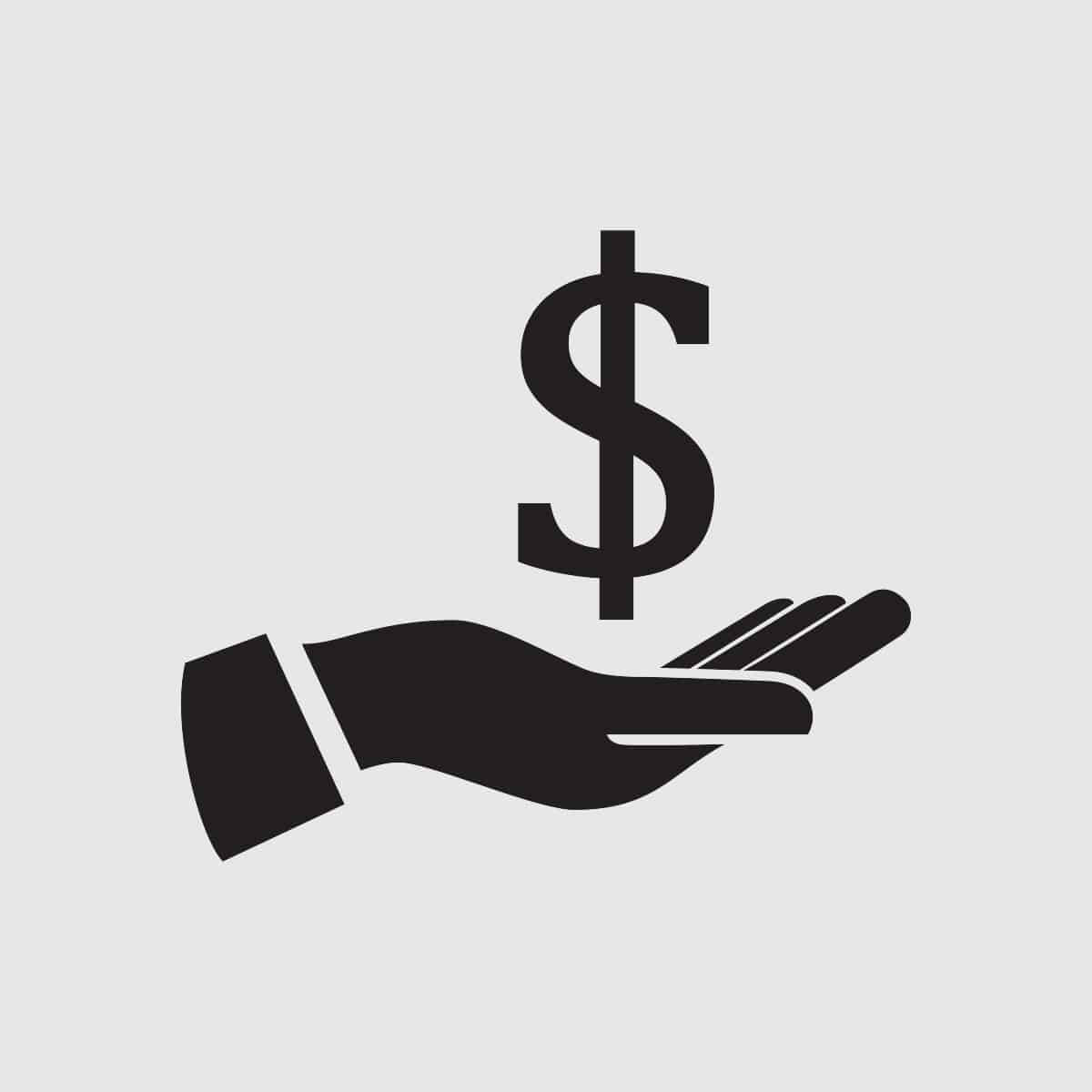
Understanding Personal Finance tips and strategies
What is Personal Finance?
Personal finance is a term that covers managing your funds as well as saving and investing. It includes budgeting, banking, insurance, mortgages, investments, retirement plans, and tax and estate planning. The term generally refers to the entire industry that provides financial services to individuals and families. It also advises them on financial and investment opportunities.
Personal financial management is about achieving personal financial goals, whether meeting short-term financial needs, planning for retirement, or saving your child’s college education. It all depends on your income, expenses, life requirements, and personal goals and desires.
To make the most out of your income and savings, it is essential to have a financial plan. In this case, you can distinguish between good and bad advice and make an informed decision.
In this article, we will focus on the most critical areas of personal finance. We will discuss each area in detail and also suggest strategies that help you control your finances.
The main areas of personal financial management are income, expenditure, savings, investment, and protection.
The Personal Finance Planning Process
Sound financial management boils down to making reliable plans and sticking to them. All the above areas of personal finance can be included in the budget or formal financial plan.
These plans are usually prepared by personal bankers and investment advisors, who work with clients to understand their needs and goals and formulate appropriate action plans.
Generally, the main aspects of the financial planning process are:
- Evaluation
- the goal
- Plan development
- carried out
- Monitoring and reassessment
Strategies of Personal Finances
Establish short and long term goals
First, it’s wise to set short and long-term financial goals. When you know what you want to achieve, it is always easier to develop an action plan.
- Short-term goals to be achieved next year or in a short time: Establish an emergency fund that can cover living expenses for at least three months. Limit new credit card charges to the range that you can pay off in full each month. Create and follow a budget. Pay off your existing credit card balance.
- Long-term goal: Start saving at least 10% of the total salary for retirement every year. Save money for the down housing payment. Save for the education of your child (or grandson) in the tax-friendly 529 plan.
Create a budget
Creating a budget happens to be a step towards achieving all other financial goals.
The budget is a detailed accounting of all your income (salary, possibly part-time, or investment income) and all expenses. The whole purpose of a budget is to put everything in front of you. The idea is to see how everything is progressing and make some adjustments if you can’t achieve your goals right now.
One way to analyze your current cash flow is to run it through the popular 50/30/20 budget framework.
With this approach, the goal is to use 50% of the after-tax income for essential expenses (such as rent/mortgage, food, car payments) and 30% for other required costs (such as phone calls and streaming media plans). The last 20% is used for savings: establishing emergency reserves, depositing retirement funds, and saving enough funds for the down payment to purchase a house or the next car.
The other framework is the 60% solution, which has a slightly different allocation of spending and savings goals. It also focuses on ensuring that you don’t reduce savings for long-term purposes.
Establish an emergency fund

Pay off costly credit card debt
The informal term for the interest rate charged on unpaid credit card balances is “crazy.” Although it is common for banks to pay savings accounts less than 1%, the average interest rate they charge credit card users for unpaid balances is pushing 17%.
Repaying high-interest-rate debt is one of the best investment measures. Unfortunately, the average interest rate charged on unpaid credit card balances of 17% is a significant obstacle to establishing financial security.
If you have a reliable credit score, you can consider checking whether you are eligible for a balance transfer transaction for the new card. It will be exempt from interest payments during the initial period. As a result, there is no need to pay any interest for a year or more, giving you a lot of time to reduce repayment without interest continuing to accumulate significantly.
Save for retirement
Even though there are still decades away from retirement, it’s still a good idea to start saving for it. The longer you wait to take this ambitious goal seriously, the more you need to make a better contribution to the land after retirement.
There are no rules about how much you want to save for retirement, but a reliable guideline is to set aside multiple wages at different ages. For example, by the age of 35, your retirement account balance is recommended to equal twice your salary. At the age of 50, the goal is to deposit six times the wage in the retirement account. Finally, when you are in your 60s, it is recommended to deposit ten times the salary.
-
Support
-
Platform
-
Spread
-
Trading Instrument




